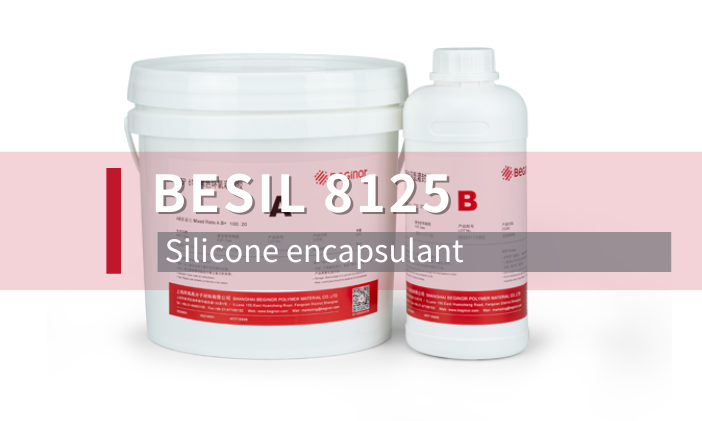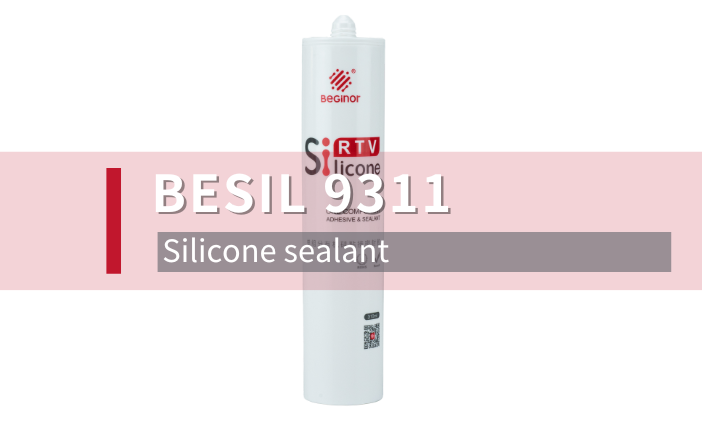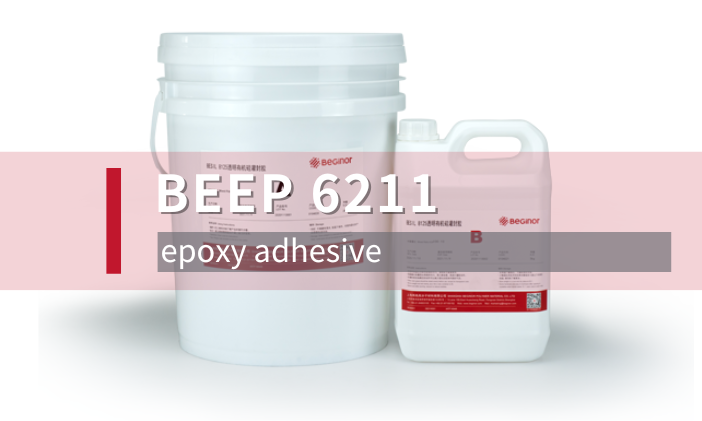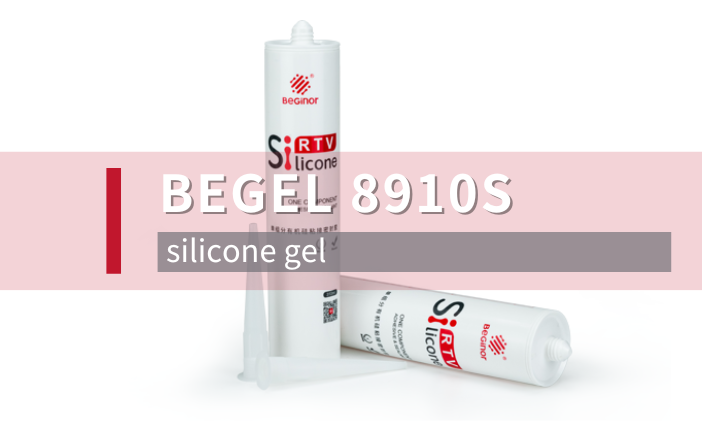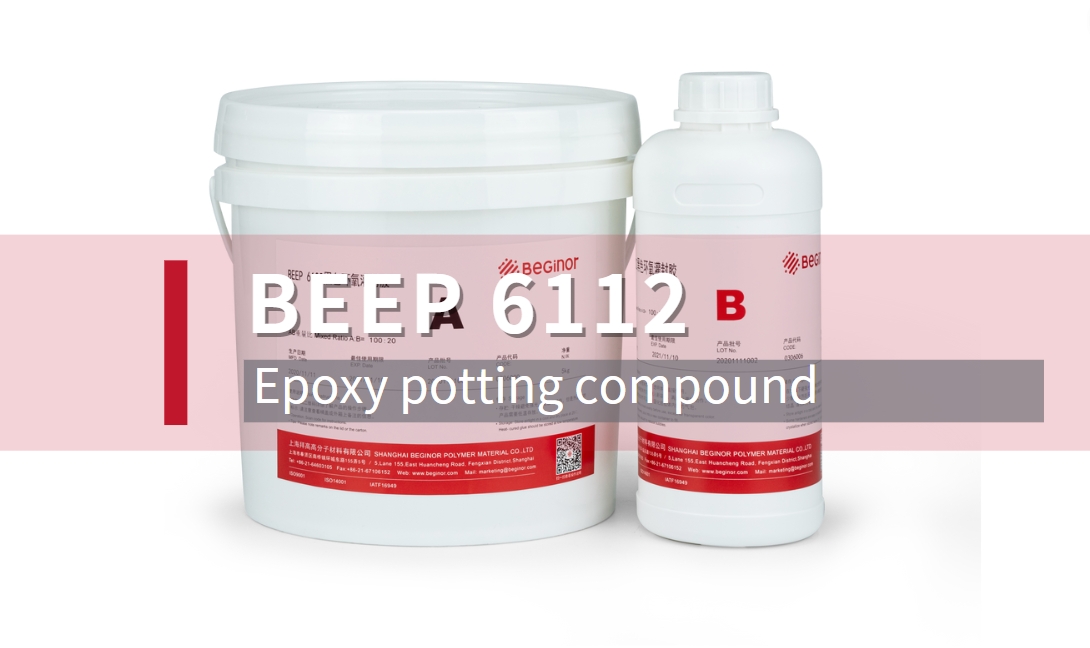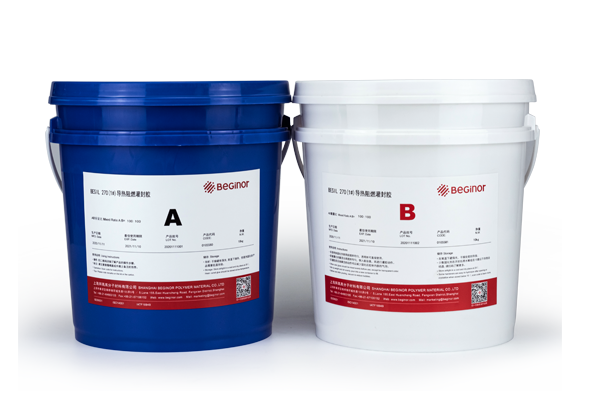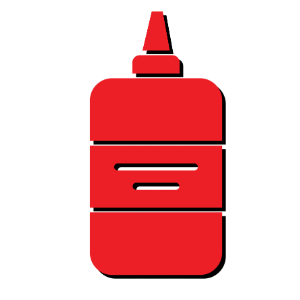Case Background
Today, with the rapid development of intelligent manufacturing and industrial automation, electrical control boxes, as key electronic integrated modules, are widely used in multiple fields such as rail transit, power systems, new energy equipment, and industrial robots. The control box integrates a large number of power modules, control chips, sensors and power devices. These components will continuously generate heat during long-term operation, causing the temperature of the modules to rise, which in turn affects their stability and service life.
To ensure the long-term stable operation of the control box in harsh environments, potting compound is often used for protection. It not only serves to prevent water, dust and shock, but more importantly, it provides thermal management functions, promptly dissipating the heat generated during the operation of the device, reducing heat accumulation and preventing the device from overheating and failing.

In the customer's project, the control box of an industrial automation equipment needs to undergo thermal conductive potting treatment. The main requirements of the customer for potting materials are as follows:

Thermal conductivity: 0.6-0.8 W/m·K, meeting the requirements of daily industrial use;
Moderate viscosity: It has good fluidity and can fully fill the internal gaps of the control box.
Good electrical insulation: ensures that the circuit operation is not affected after potting.
After curing, it has a certain degree of flexibility: avoiding stress concentration caused by thermal expansion and contraction;
The challenges ⚠️ faces
During the material selection process, the customer faced the following several challenges:
1️ It is difficult to have both thermal conductivity and cost
Traditional high thermal conductivity potting materials, such as silicone systems or epoxy systems rich in fillers, although their thermal conductivity can reach or even exceed 1.0 W/m·K, have expensive raw materials and complex processes, with unit costs often ranging from 30 to 50 yuan /kg, far exceeding customer expectations. Moreover, for medium thermal conductivity requirements, their cost performance is relatively low.
2️ The mid-to-low-end products on the market have poor reliability
Some low-priced thermal conductive potting compounds, although inexpensive, have problems such as false labeling of thermal conductivity, delamination of fillers, and powdering or cracking after long-term aging. As one of the core components of industrial equipment, the control box operates in a complex environment (such as high temperature, high humidity, vibration, etc.), which requires the adhesive to have long-term reliability and cannot "cope in the short term".
3️ Potting process efficiency and consistency requirements are high
The customer's production line is for automated potting, which requires the glue to have a good operation window, including an appropriate operation time, moderate viscosity and fluidity, and it is required that the volume be stable and free of bubbles after curing to ensure the quality consistency of each batch of control boxes.
✅ Solution: SIPA 8250 thermal conductive potting compound
Based on customer demands and pain points, we recommend the use of SIPA 8250 thermal conductive potting material. This is an economical two-component epoxy system potting compound, specially developed for the thermal management and protection of industrial electronic equipment, and has the following advantages:



